
Developing citizen-centred behaviour change strategy across Cambridge and Peterborough
Cambridge and Peterborough’s RECAP group have a remit to communicate and support campaigns to tackle waste and recycling behaviours across the region, working with 8 different councils.
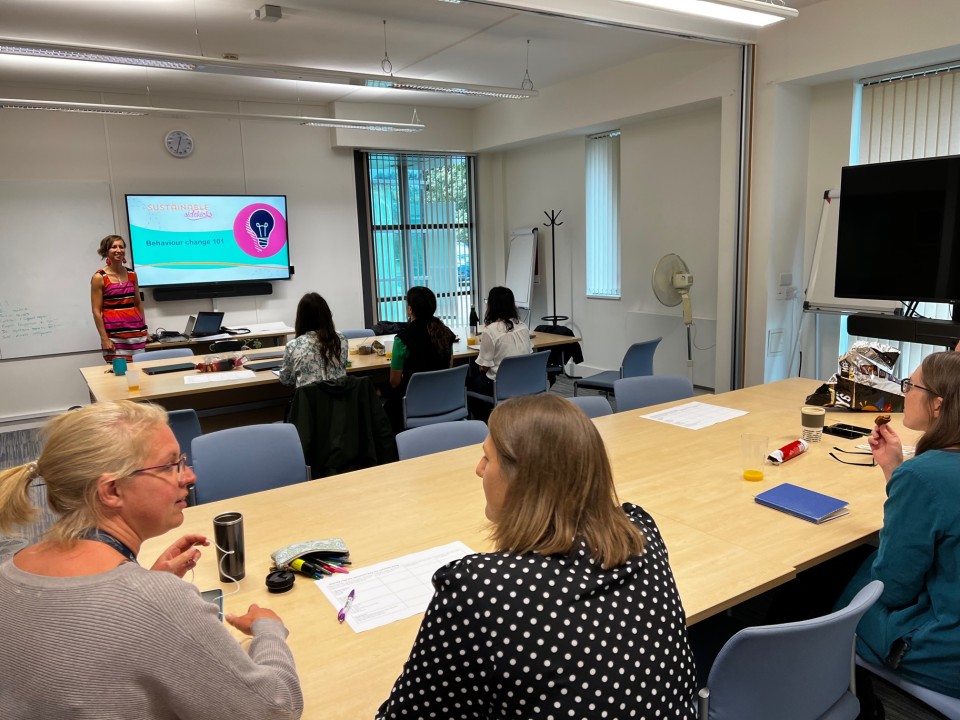
They wanted to build an understanding of the importance of citizen behaviour change and get all stakeholders across the decision-making and communication process involved, so that when the team presented campaign ideas, all council members, senior managers and communications teams understood the approach.
To achieve this, they booked a series of three behaviour change workshops.
1) Online introduction to behaviour change
First, we ran an online introduction to behaviour change to give council members and employees a background to the core principles.
Councillors discussed how they may apply this to their own workload and commitments, and we supported them in making the principles relevant and applicable to their daily work so that the knowledge was embedded.
2) Strategy session – starting from the inside out
When considering strategy, it’s tempting to want to start with the details including policies, legislation, and operational and marketing plans. Strategy however really means looking at the overall picture.
However, the behavioural approach starts with understanding the people carrying out the behaviours.
During a half-day session with the RECAP strategy team, we worked through the COM-B model whilst considering a range of ongoing waste and recycling challenges the region is facing.
Initially they considered if citizens had the:
- Capabilities – both physical and psychologically
- Opportunities – both physical and social
- Motivations – reflexive and automatic
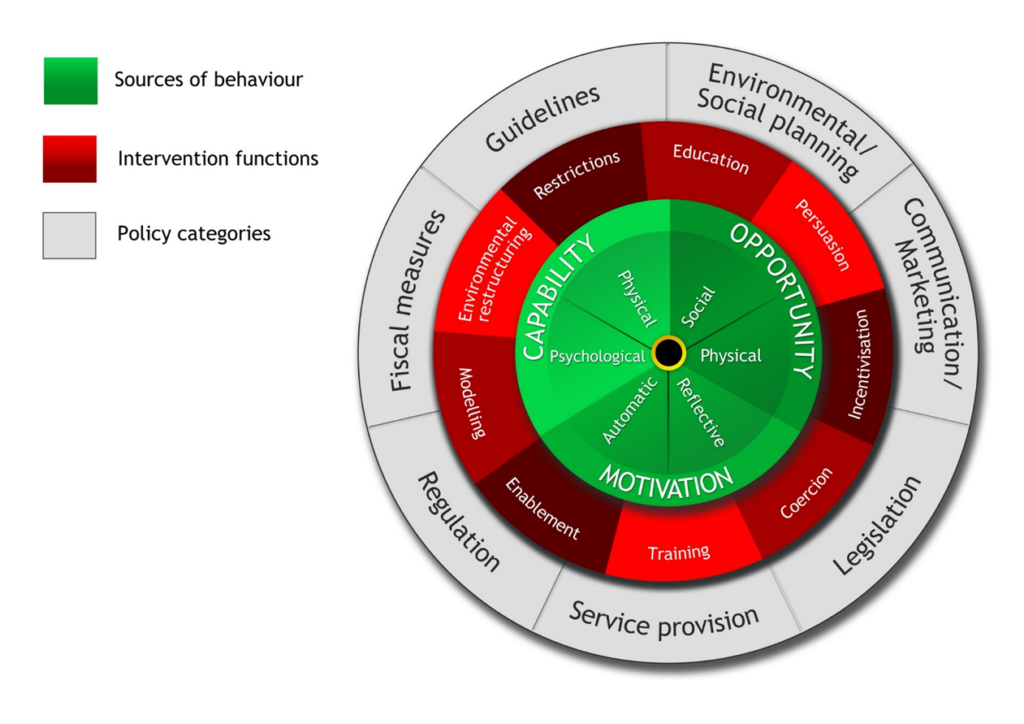
Understanding where citizens were at
Initially, they considered if citizens had these elements to complete the behaviour:
- Capabilities – both physical and psychologically
- Opportunities – both physical and social
- Motivations – reflexive and automatic
Identifying initiatives
Where the gaps existed, the relevant and appropriate initiatives and approaches were then discussed from the COM-B chart.
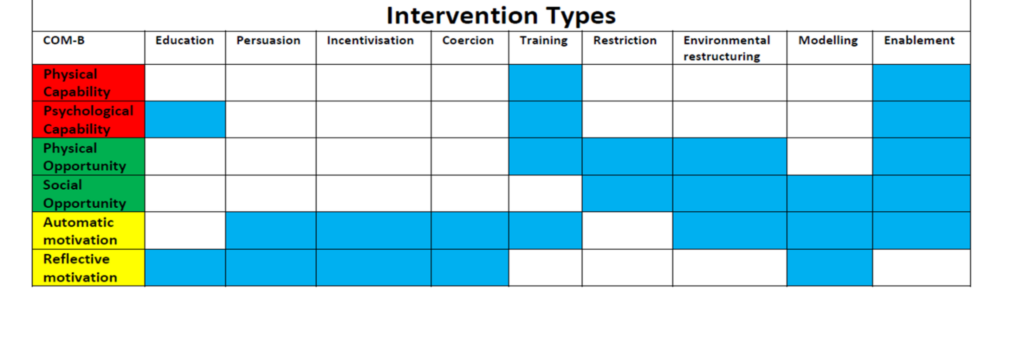
Livvy shared examples of how these headings manifested in real-world examples applied in other local authorities.
Identifying strategy options
Finally, with these initiatives chosen, the team could then look at what were the appropriate strategy mechanisms to deploy. The COM-B model provides these related to the mechanisms identified in the earlier step.
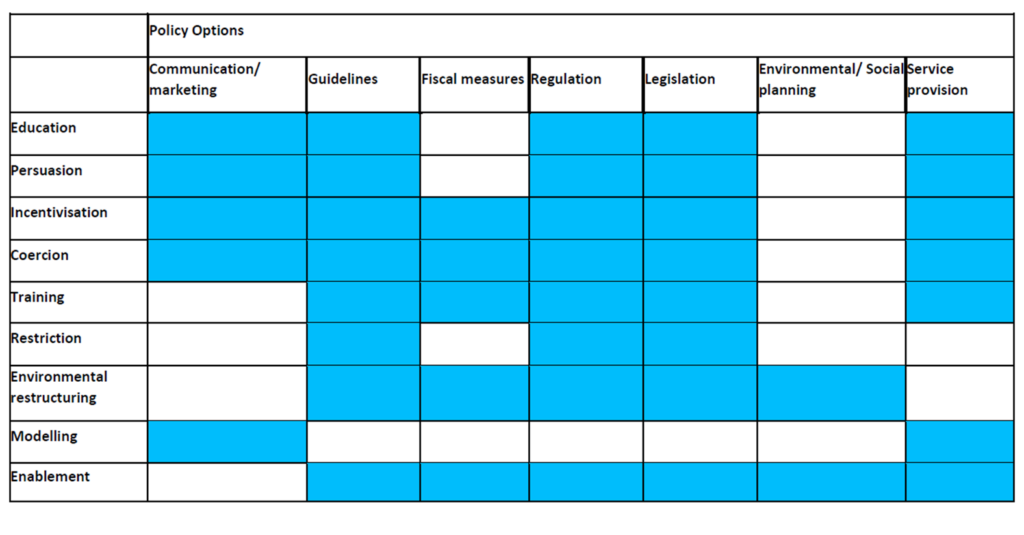
Key findings: One of the key findings was the need to conduct research to allow better understanding of people across the region.
3) Communication session – audience-centred approaches
The final half-day introduced the communications team to three tools for developing campaigns:
- Journey mapping the stages that lead to people creating waste or contaminating recycling, as well as the opportunities for intervention and communications.
- The EAST framework provided the solutions and intervention opportunities to make behaviour change, Easy, Attractive, Social and Timely.
- The Campaigns that Work model provided a checklist for developing a campaign that was customised for the target audience, specifying clear behavioural actions and positive social norms. As well as focusing on positive emotions of pride, hope, love and optimism.
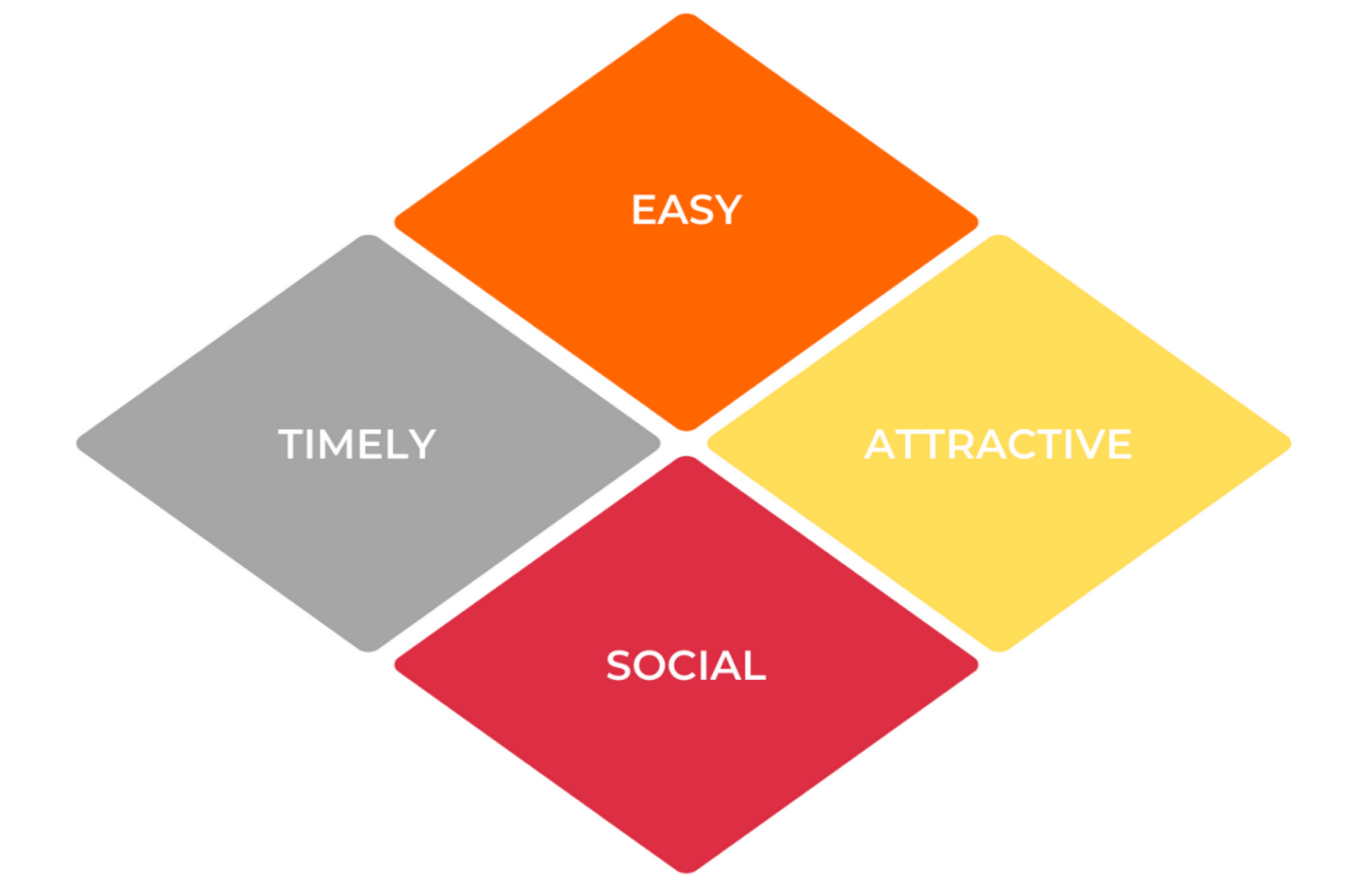
At the end of the session, people shared their ideas for a campaign and the RECAP team had Mural boards full of ideas to take forward.
The team’s reflections on the learnings to take forward were:
- Audience segmentation research in the region to inform the barriers and motivations for change.
- Identifying who are the key target audiences where most impact can be achieved.
- Trials and testing of campaigns to see what works and doesn’t before a whole district-wide campaign is rolled out.
- Improving the existing food waste pledge project to be more specific.

“With all the forthcoming changes contained within the Resources and Waste Strategy, the RECAP partnership recognised that behavioural change was a vital strand in any future planning.
We looked around for a specialist who could provide this type of training, (but from a waste perspective) and identified Livvy Drake as someone who could undertake the role. “
